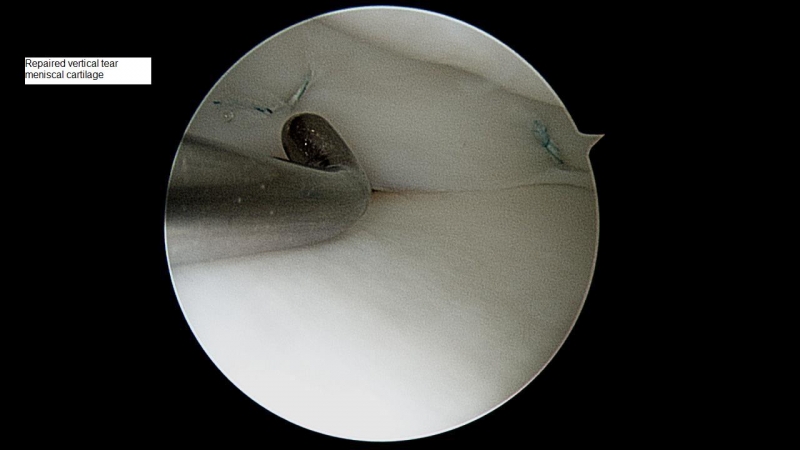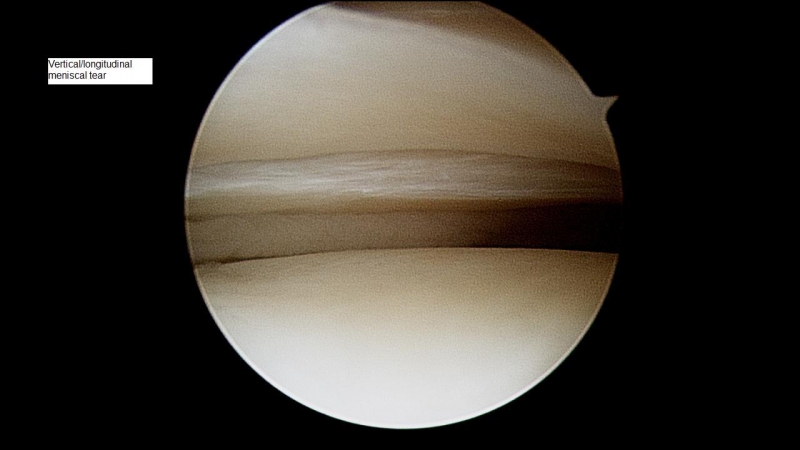Injuries to the meniscal cartilages are among the most common causes of pain in the knee. The meniscal cartilages (often called simply the cartilages or meniscus) are shock absorbers in the knee. There are two meniscal cartilages in each knee, a medial meniscus on the inside of the knee and a lateral meniscus on the outside.
The meniscal cartilage is a half moon shaped piece of tissue that lies between the weight bearing surfaces of the knee. The function of the meniscal cartilages is to evenly distribute load across the knee joint.
Tears to the meniscal cartilage in younger people are usually the result of significant injury to the knee. These injuries often occur during sporting activity and may be associated with damage to other structures around the knee, such as ligament tears.
With age the meniscal cartilages may degenerate and become friable. In this case the meniscal cartilage may tear with only a minor injury, or even with normal activity.




